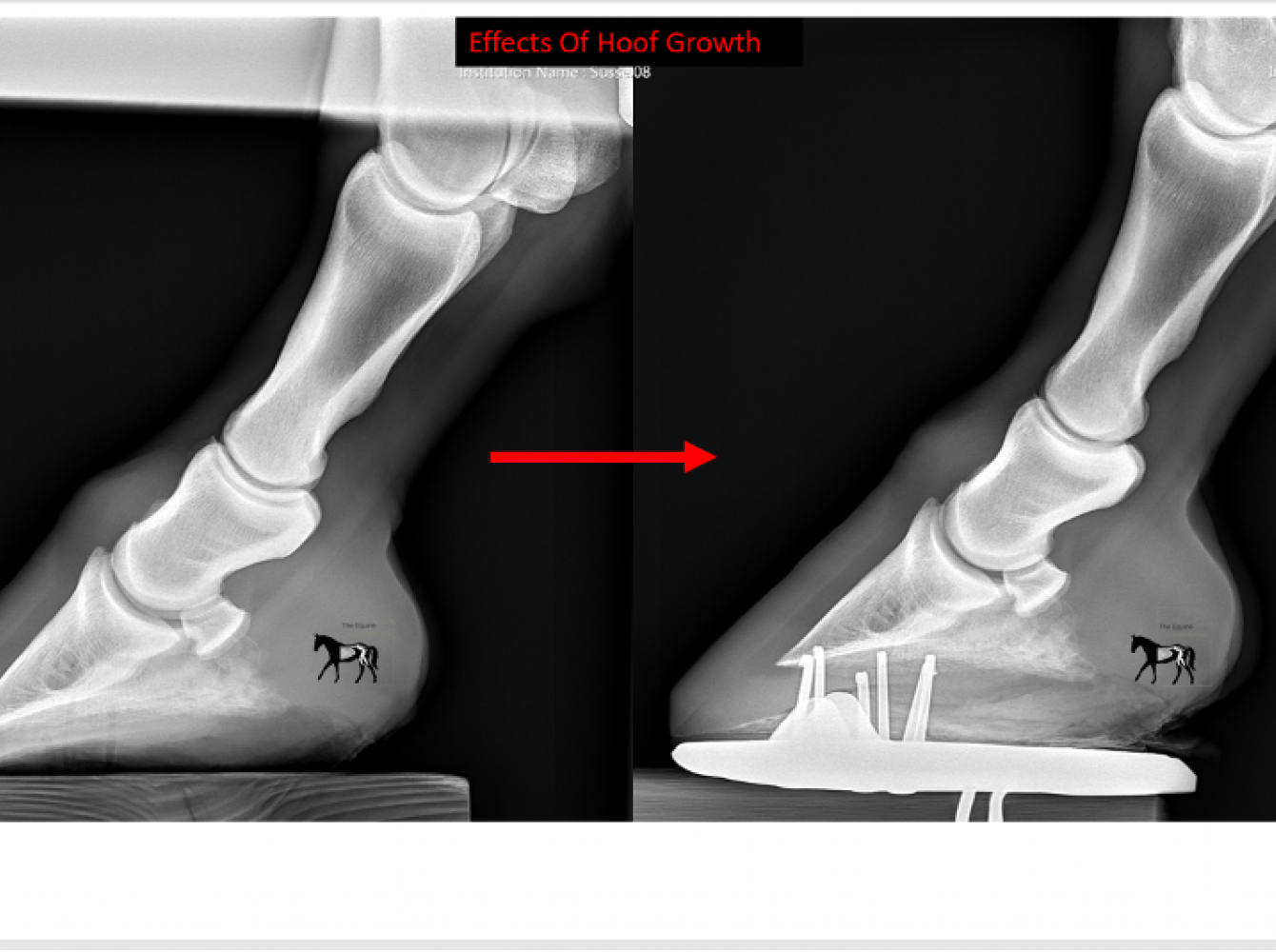
The Importance of trim plane
How can we change the palmar/plantar angle with the trim?
The Importance of trim plane
How can we change the palmar/plantar angle with the trim?
We know that hoof growth during an average shoeing cycle reduces the palmar/plantar angle by 3-4 degrees.
Very often the toe growth far exceeds heel growth. Whether it’s due to the heels wearing due to their expansion and contraction, whether they collapse relative to the toe due to the negation of the hoof’s intrinsic biomechanics and haemodynamic mechanisms. Or just the fact that the hoof is a truncated oblique cone and heel angle being more acute than the toe angle affects heel to toe height ratios for every increment of growth. Or a combination.
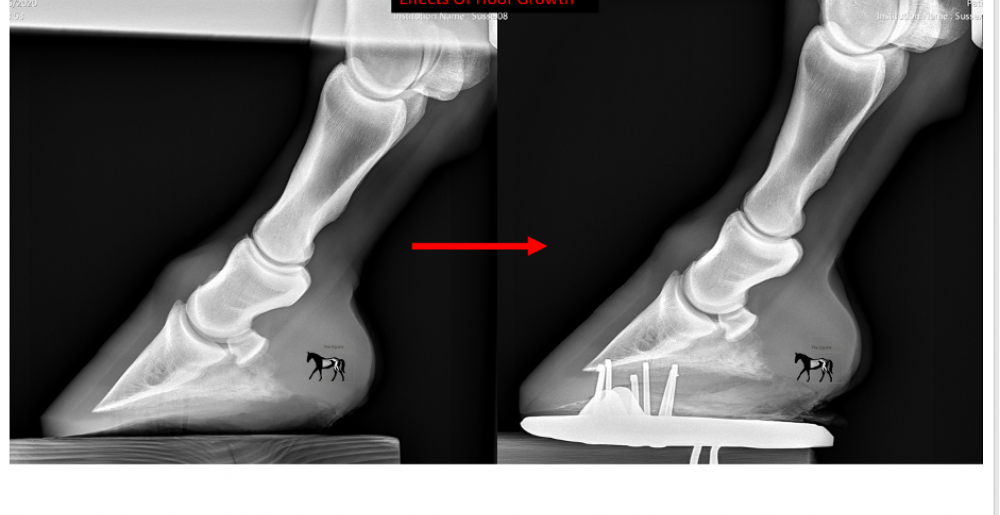
Fig.1 The effects of hoof growth. Hoof growth affects hoof proportions, reduces hoof angle and palmar angle.
When we trim, we must consider the changes in proportions that have occurred and assess hoof Pastern axis and alignment as part of our trimming plan.
Very often this will mean changing the “trim plane” to establish better heel to toe height ratios.
Very often I am asked to do some “remedial work” on feet with grade 1 negative palmar/plantar angles. In reality all that needs doing is a change to the trim plane and a shorter shoeing cycle, in the absence of crushed heels or digital cushion.
This goes hand in hand with another trimming issue. Always trimming to the widest part of the frog. In my experience, left to it’s own devices, the hoof NEVER puts the heels at the widest part of the frog, as most often this would mean the heels being on a lower plane. In fact if you trim the heels below the frog height and leave it for a couple of days. You will come back to them being on the same plane again. A phenomenon you can actually utilise with collapse/prolapse.
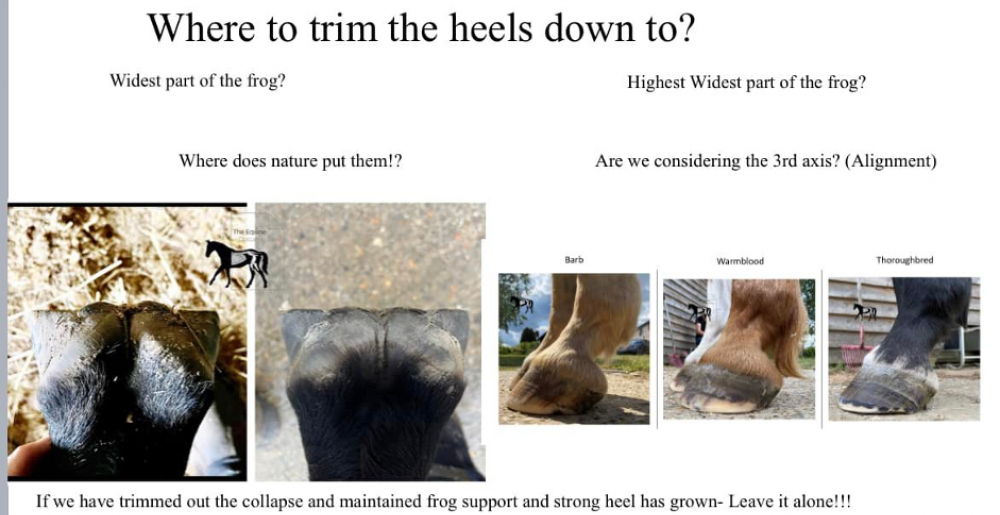
Fig.2 Trimming to the widest part of the frog, without consideration for the hoof pastern axis is a misnomer. The barefoot will always have the heels at the same height as the highest part of the frog.
Trimming out collapsed heels is important for creating positive hoof morphology, But after that point, my protocol is that the heels should be at least the same height as the height of the frog.
Therefore, very often my trim to create better palmar/plantar angles starts at the quarters, goes down into the toe and back out the other side. In mirror fashion to the changes through the cycle. This creates a wedge like trim.
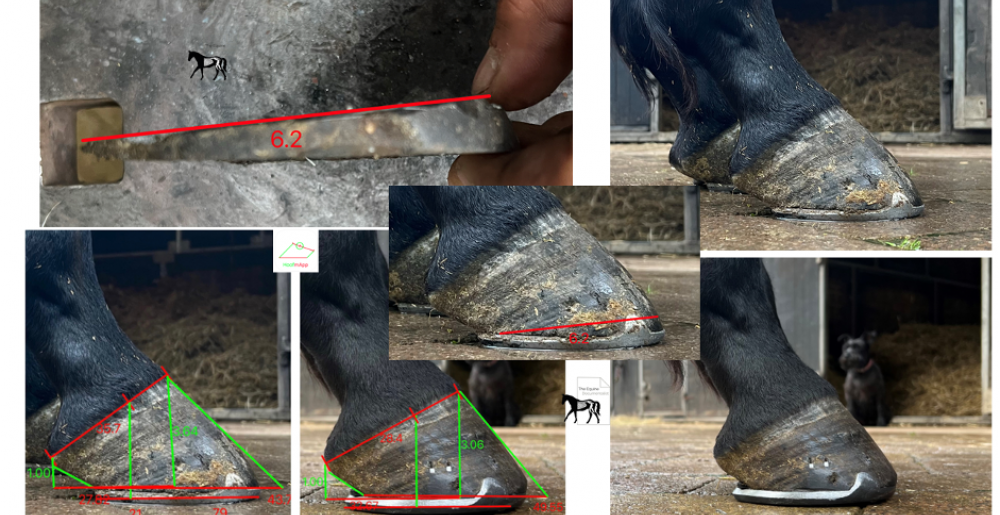
Fig.3 This trimming method creates a wedge like trim that re-orientates the capsule and establishes a better heel to toe height ratio and palmar/plantar angle.
Sometimes some bravery is required, and X-rays can hugely help in deciding how much toe depth there is.
This change in trim plane can create huge improvements in hoof proportions and phalangeal alignment and stop the downward spiral of worsening dorso-palmar/plantar balance.
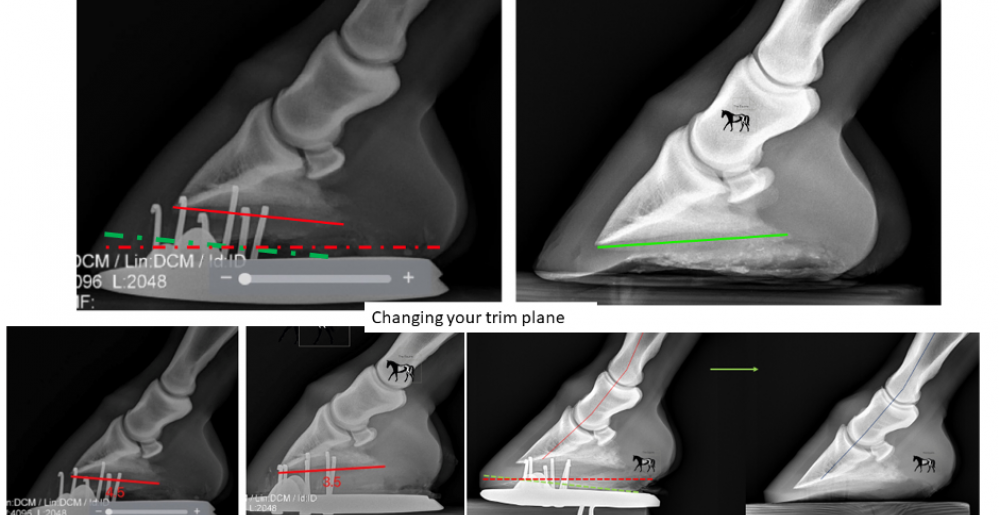
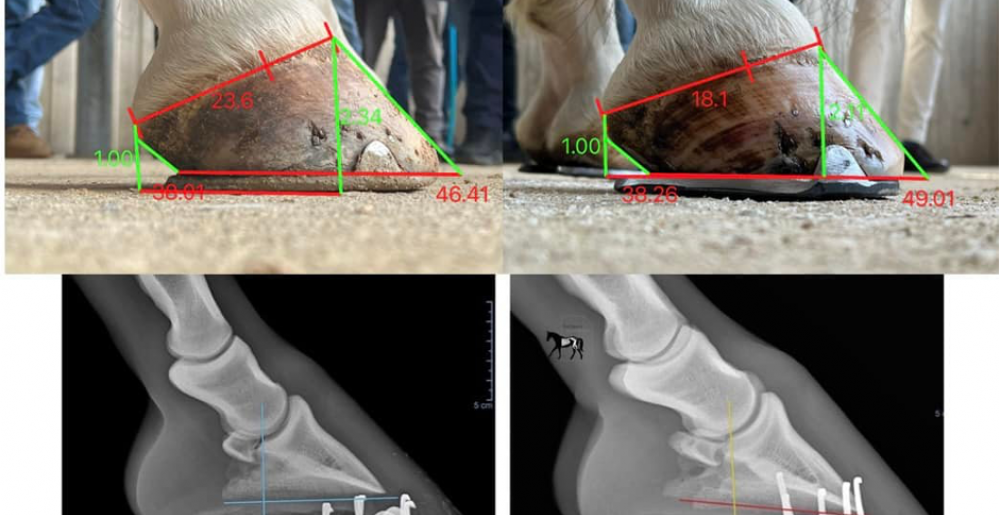
Fig. 4-5 Examples of grade 1 NPA/NPLA bought back into a positive angle through a wedge trim.
This trim becomes a basic of maintaining alignment in the shod foot. If excess heel crushing exists then prosthetics can be added to create elevation, but should be added to compliment an appropriate trim.